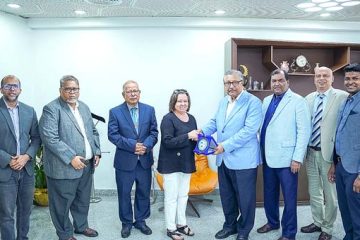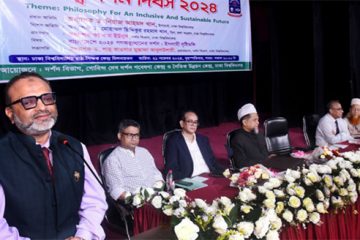WB supports studies for sustainable development of world’s single largest mangrove forest
The World Bank (WB) is helping Bangladesh carry out a series of studies to develop a holistic programme for sustainable development of the Sundarbans, the world’s single largest mangrove forest.
The Sundarbans is home to an estimated 425 species of wildlife, including 300 species of birds and 42 species of mammals, as well as the Royal Bengal Tiger.
A comprehensive plan based on six studies would be developed to integrate prioritised interventions to address the region’s main conservation and development challenges, a WB spokesman said yesterday.
The studies will draw up the main challenges of poverty reduction, climate change adaptation, and biodiversity conservation in the Sundarbans.
The studies, expected to be completed by September next year, will take full account of the distinction between protected areas and surrounding inhabited areas for assessing the development challenges of the Sundarbans by providing them with alternative livelihood.
Bangladesh and India share the world’s largest mangrove forest Sundarbans and 62 percent of the Sundarbans falls in Bangladesh.
Due to its rich biodiversity and unique ecosystem, the ecological importance of the Sundarbans Reserve Forest (SRF) is immense. Over 3.5 million people live in the Sundarbans’ Ecologically Critical Area (ECA), with no permanent settlement within the Sundarbans Reserve Forest.
Of them, about 1.2 million people directly depend on the Sundarbans for their livelihoods. Most of these people are Bawalis (wood cutters/golpatta collectors), fishermen, crab and shell collectors, Mawalis (honey collectors) and shrimp fry collectors and mostly women and children.
The study will integrate the ecological dimension and importance of the Sundarbans’ biodiversity while maintaining a careful distinction between protected and inhabited areas to ensure that conservation of the protected areas can be upheld.
To succeed in any conservation efforts, it will be important to arrange sustainable and alternative income generation opportunities for the people living in the periphery of the Sundarbans who are dependent on forest resources.
A World Bank team already visited Bangladesh this year to prepare the Terms of Reference (ToRs) for the studies and to discuss setting-up of two national committees to ensure quality of the studies and coordinate closely with the study team.
The Sundarbans was called “The Venice of Nature” at a special event at the Shanghai Expo in China recently.




















